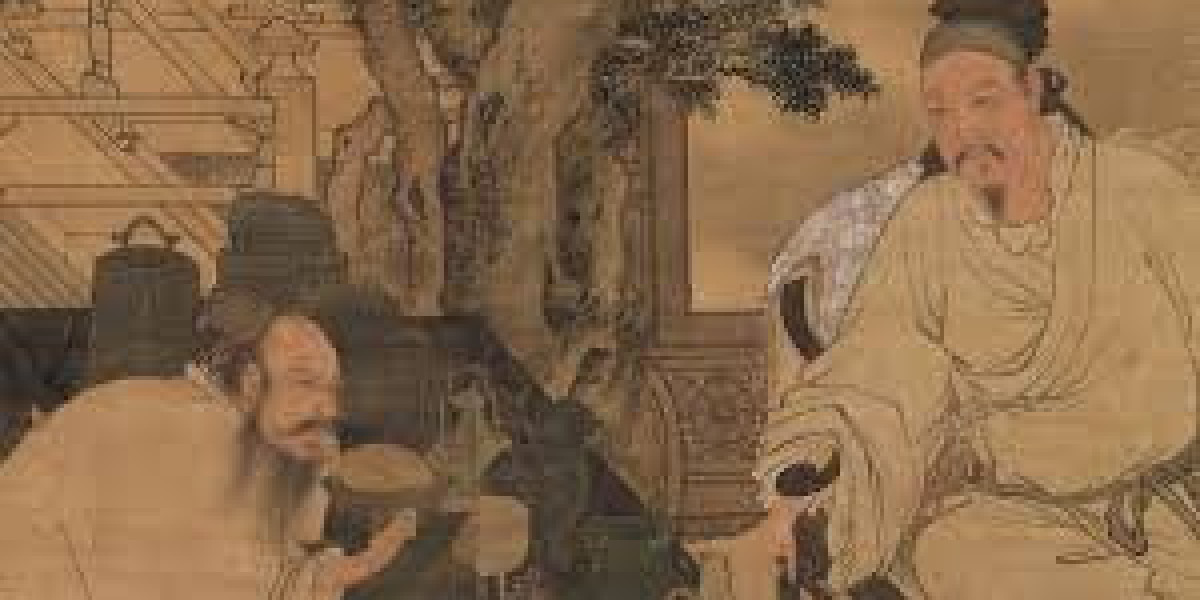old chinese art is a remarkable testament to China’s rich cultural heritage, spanning thousands of years. From ancient bronze sculptures and intricate porcelain to breathtaking landscapes and calligraphy, Chinese art has evolved while maintaining deep philosophical, spiritual, and historical significance. Each piece tells a story, reflecting the values, beliefs, and aesthetics of the time.
This article delves into the origins, major forms, and lasting influence of old Chinese art, shedding light on its profound impact on both traditional and contemporary artistic expressions.
Origins and Evolution of Old Chinese Art
The roots of old Chinese art trace back over 5,000 years, beginning with Neolithic pottery and jade carvings. Early Chinese civilizations expressed their beliefs and societal structures through art, often incorporating nature, mythology, and spiritual elements.
Prehistoric and Early Dynastic Art (Neolithic Period – Shang Dynasty)
The Yangshao (5000–3000 BCE) and Longshan (3000–1900 BCE) cultures produced painted pottery featuring geometric patterns and animal motifs.
During the Shang Dynasty (1600–1046 BCE), the art of bronze casting flourished. Intricate ritual vessels, known as ding, were created for ancestral worship and ceremonies.
Zhou Dynasty to the Han Dynasty (1046 BCE – 220 CE)
The Zhou Dynasty (1046–256 BCE) introduced more refined jade carvings, seen as symbols of power and spirituality.
The Han Dynasty (206 BCE–220 CE) witnessed advancements in painting, sculpture, and lacquerware. Han tomb murals provide insights into daily life, mythology, and religious beliefs.
Tang and Song Dynasties (618–1279 CE): The Golden Age of Chinese Art
The Tang Dynasty (618–907 CE) was an era of cultural prosperity. Buddhist sculptures, vibrant murals, and figurative paintings flourished.
The Song Dynasty (960–1279 CE) is celebrated for its landscape paintings, where artists used ink washes to depict mountains, rivers, and misty atmospheres.
Ming and Qing Dynasties (1368–1912 CE): Refinement and Innovation
The Ming Dynasty (1368–1644 CE) saw the rise of exquisite porcelain, known for its blue-and-white patterns.
The Qing Dynasty (1644–1912 CE) introduced more elaborate and decorative art styles, including detailed paintings and fine ceramics.
Major Forms of Old Chinese Art
1. Calligraphy: The Art of the Written Word
Calligraphy is a fundamental part of old Chinese art, regarded as both a literary and visual art form. Masters like Wang Xizhi and Su Shi shaped its development, emphasizing balance, fluidity, and expression.
2. Ink Wash Painting: The Spirit of Nature
Ink wash painting embodies the Daoist philosophy of harmony between humans and nature. Artists used varying brush techniques to create dynamic landscapes, often featuring mountains, rivers, and scholars contemplating the vastness of the universe.
3. Jade Carvings: Symbols of Power and Eternity
Jade, valued for its purity and resilience, was intricately carved into jewelry, ornaments, and burial artifacts. Ancient Chinese believed jade possessed protective and spiritual properties.
4. Porcelain and Ceramics: Masterpieces of Craftsmanship
The development of porcelain during the Tang and Song dynasties led to some of the most coveted artworks in history. The famous blue-and-white porcelain of the Ming Dynasty became highly sought after worldwide.
5. Bronze Sculptures: Ritual and Legacy
Bronze casting reached its peak during the Shang and Zhou dynasties, with beautifully decorated vessels used in religious ceremonies and ancestor worship.
6. Silk Painting and Embroidery: Weaving Stories in Fabric
Silk paintings were highly valued for their delicate brushwork and vibrant colors, while embroidery featured intricate stitching techniques to create detailed floral and landscape scenes.
The Philosophical and Cultural Influence of Old Chinese Art
Old Chinese art is deeply connected to philosophical traditions such as Confucianism, Daoism, and Buddhism.
Confucianism emphasized order, balance, and moral integrity, which influenced artistic styles that reflected harmony and respect for tradition.
Daoism inspired fluidity and spontaneity in paintings and calligraphy, embracing natural forms and the concept of wu wei (effortless action).
Buddhism played a crucial role in the development of religious sculptures, murals, and temple art. Buddhist influences can be seen in Tang Dynasty cave paintings at Dunhuang.
The Global Influence of Old Chinese Art
The artistic traditions of China have influenced cultures worldwide, with Chinese porcelain, paintings, and calligraphy admired across Asia, Europe, and beyond.
Japan and Korea adapted Chinese painting and calligraphy techniques, incorporating them into their own artistic traditions.
The Silk Road facilitated the exchange of artistic styles, leading to the fusion of Chinese and Persian influences in ceramics and textiles.
European fascination with Chinese porcelain led to the creation of "Chinoiserie" in the 17th and 18th centuries, a decorative art style inspired by Chinese motifs.
Today, collectors and museums continue to celebrate old Chinese art, preserving its legacy for future generations.
Old Chinese Art in the Modern World
Despite the passage of time, old Chinese art continues to inspire contemporary artists, architects, and designers.
Traditional calligraphy and painting are still practiced, with modern adaptations blending ancient techniques with new media.
Fashion and interior design incorporate Chinese artistic elements, from silk embroidery to blue-and-white porcelain patterns.
Museums and exhibitions worldwide showcase ancient Chinese masterpieces, allowing audiences to appreciate their historical and cultural value.
With a growing interest in preserving and studying traditional art forms, old Chinese art remains a vibrant part of the artistic landscape, bridging the past with the present.
Final Thoughts
Old Chinese art is a profound expression of China’s history, culture, and philosophy. Its timeless beauty, intricate craftsmanship, and deep symbolism have influenced artistic traditions around the world. Whether through calligraphy, painting, jade carving, or porcelain, Chinese artists have left behind a legacy that continues to inspire and captivate.
From ancient bronze sculptures to elegant ink wash paintings, old Chinese art is more than a visual experience—it is a journey through time, a reflection of philosophical ideals, and a bridge between tradition and modernity.








